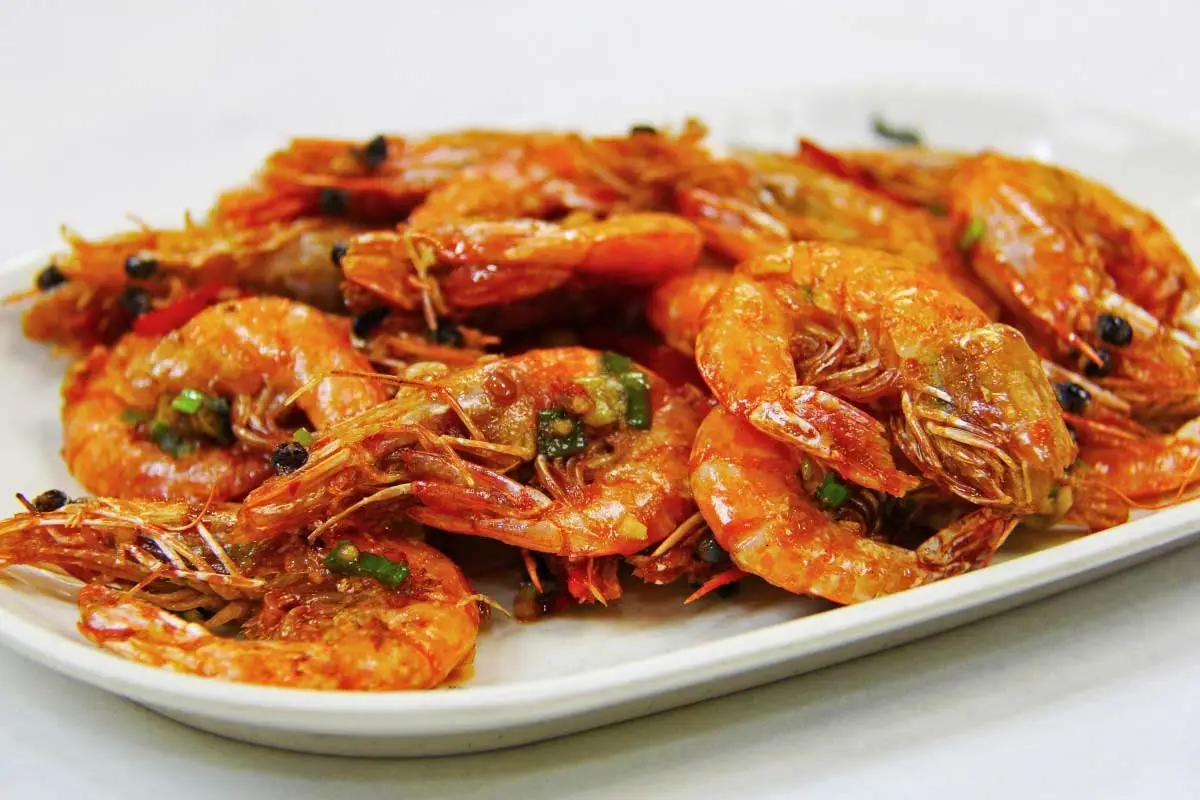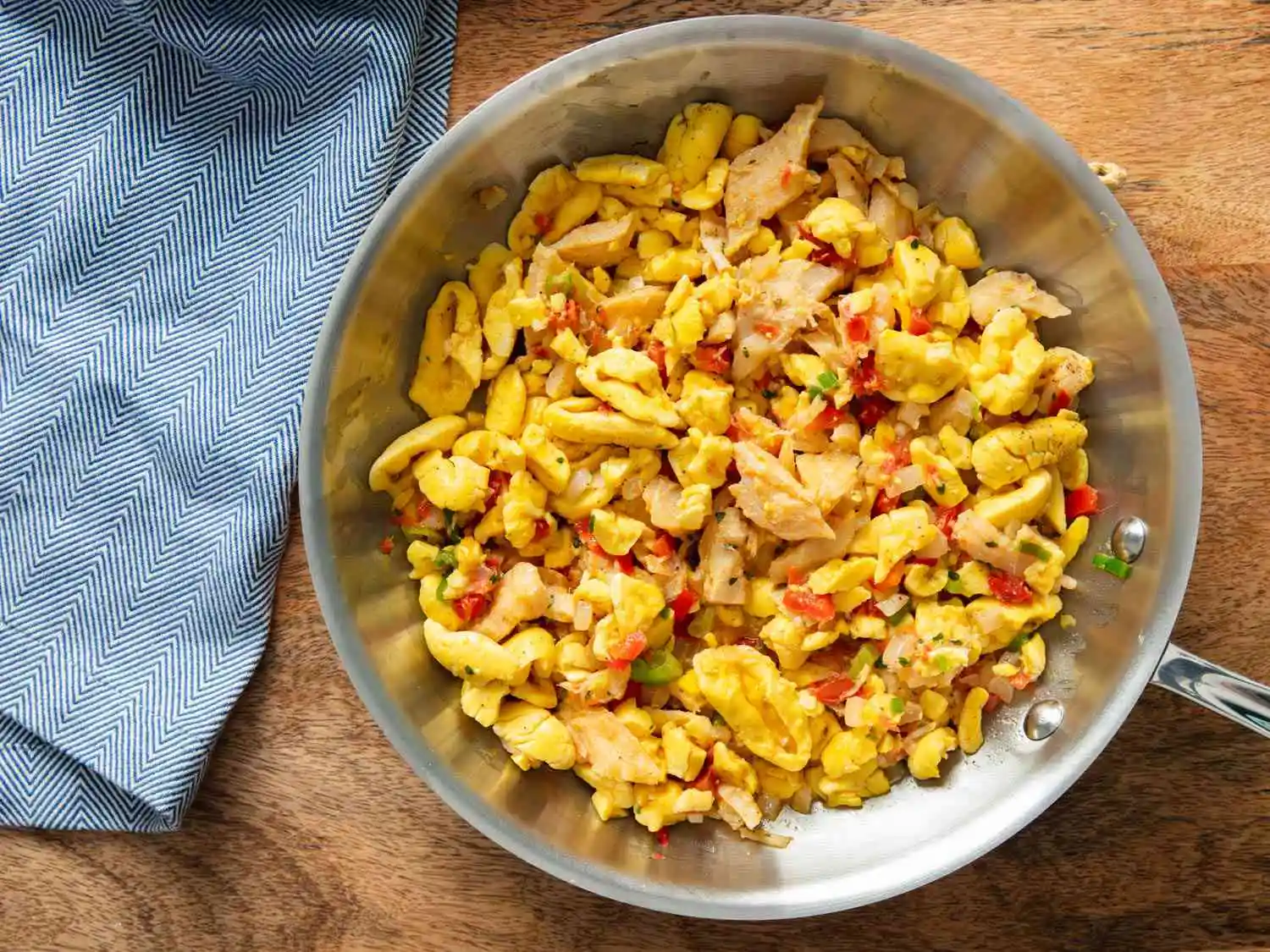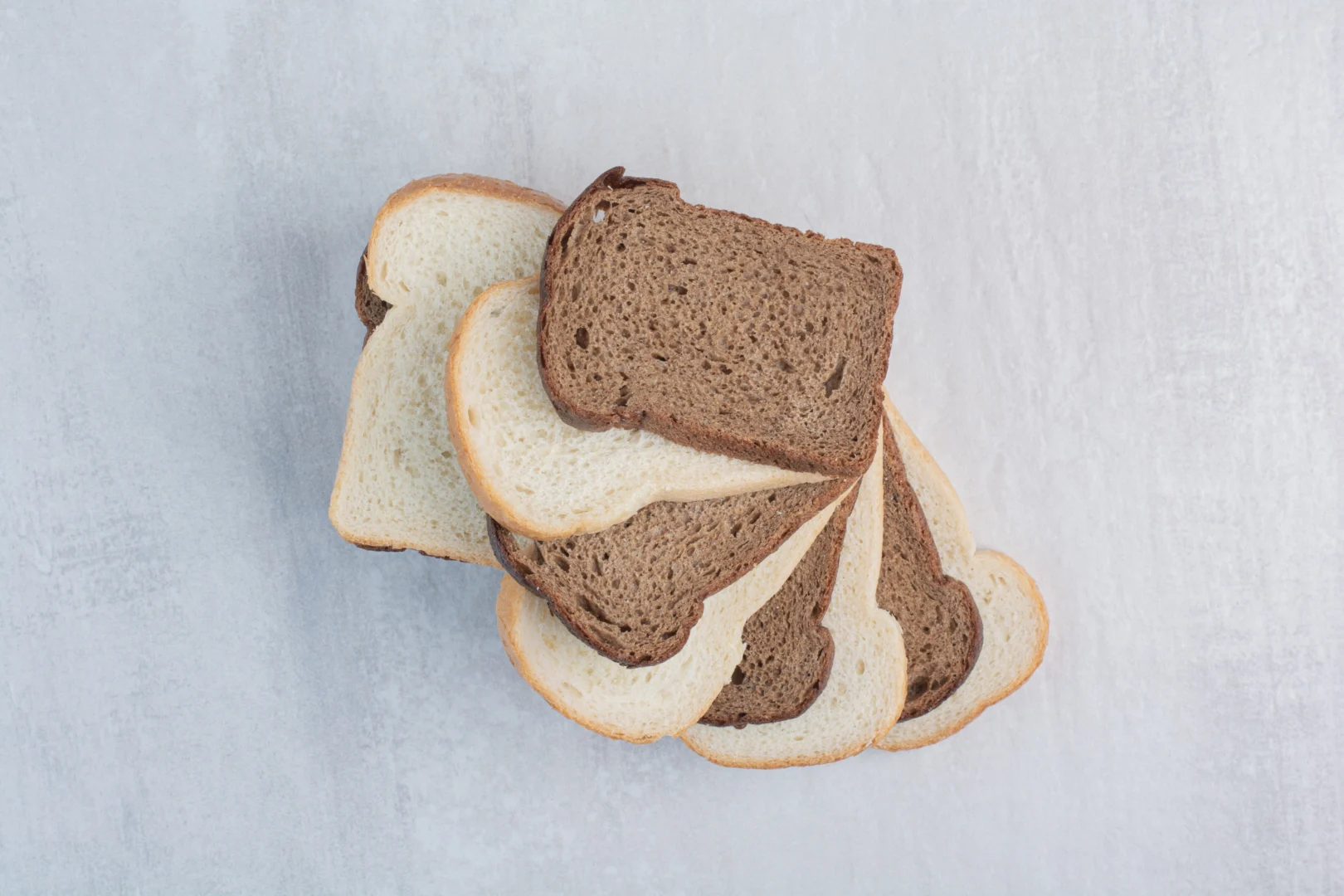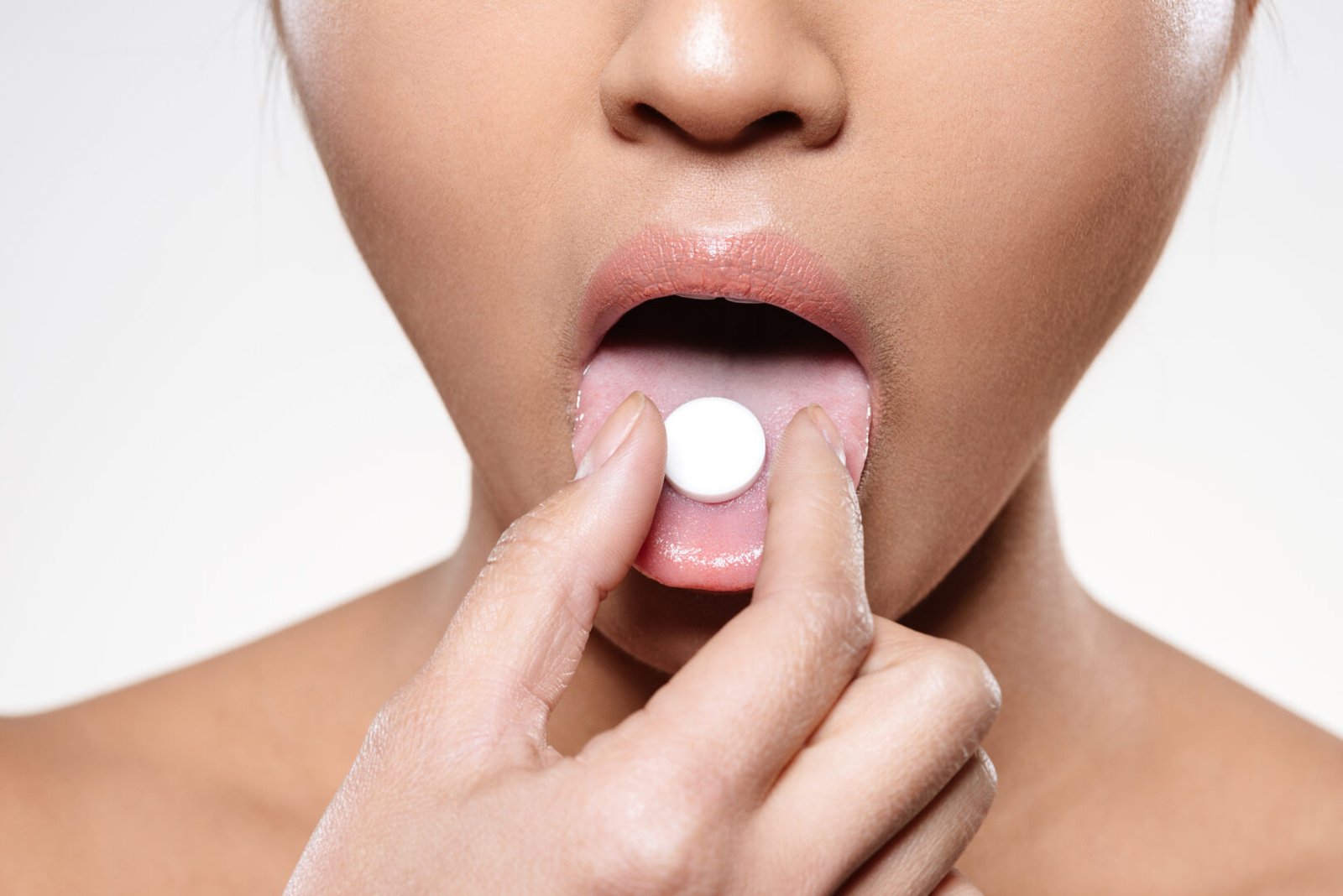The Raw Truth: My Journey into Raw Milk Culture
There was a time when I drank raw milk not just out of necessity, but belief—an instinctive conviction that the unfiltered, rich taste carried more than nutrients; it carried tradition,

There was a time when I drank raw milk not just out of necessity, but belief—an instinctive conviction that the unfiltered, rich taste carried more than nutrients; it carried tradition, connection, and a whisper of something lost in pasteurized life. Now, I revisit that conviction with both nostalgia and caution, because the deeper I looked, the more I realized just how complex this simple glass truly is.
A Deep Dive into History
Humans began drinking raw milk as early as 9000–7000 BC, with the domestication of cattle, sheep, and goats in early agricultural societies. For centuries, it was a practical, often necessary part of life. But it was also dangerous—untreated water, animals with disease, and short shelf life meant raw milk contributed heavily to outbreaks, malnutrition, and infant mortality.
By the late 19th and early 20th centuries, science revealed what many suspected: milk could be a silent killer. Diseases like tuberculosis, brucellosis, diphtheria, and scarlet fever were frequently traced back to raw dairy. Pasteurization was introduced as a safeguard and soon became the standard. As it spread through the U.S., milk-related infant mortality plummeted by more than two-thirds. Milk became safer, public health improved dramatically, and raw milk faded from the mainstream.
But it never disappeared completely.
The Controversial Comeback
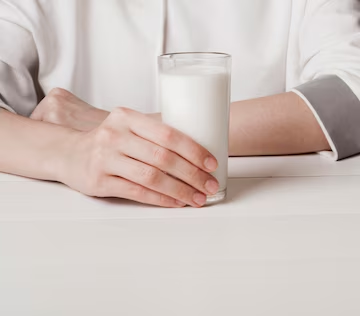
In the early 2000s, as women’s health-conscious consumers began pushing back against ultra-processed foods, a nostalgia-fueled movement arose. People started seeking simpler, “more natural” options—raw milk among them. By 2024, raw milk sales surged across health food stores, small farms, and underground markets. Organic and traditional dairy products were being branded as gut-health powerhouses and part of a cleaner way of living.
But it’s not just a health trend. Raw milk has become a cultural flashpoint, symbolizing distrust in big food, government regulation, and pharmaceutical intervention. Public figures like RFK Jr. and politicians such as Marjorie Taylor Greene have aligned themselves with this movement, often holding up raw milk as a symbol of freedom, self-reliance, and resistance to overreach.
Health authorities, however, remain united in their warnings. The FDA, CDC, and countless medical associations have issued repeated alerts about the dangers of raw milk consumption. Pathogens like E. coli, Salmonella, Listeria, and Campylobacter are commonly found in unpasteurized dairy, and the consequences can be devastating—particularly for children, pregnant people, the elderly, and those with weakened immune systems.
The Celebrity Effect
In our influencer-driven culture, wellness trends spread fast—especially when celebrities join the conversation. Just recently, model and influencer Nara Smith stirred controversy when she posted a video drinking raw milk while pregnant. Viewers flooded the comments with concerns, citing health risks. She stood by her choice, and so did her followers, sparking fierce online debate.
Celebrities like Gwyneth Paltrow have long glamorized raw and “clean” diets, helping normalize ideas that—though well-intentioned—can run counter to science. Raw milk, once a relic of the past, is now a symbol of elite wellness culture. When the rich and famous consume it, it feels exclusive, rebellious, and aspirational.
But for the rest of us? It could be dangerous.
Where and How to Buy – If You Must
If you’re still drawn to raw milk, education and caution are essential. Here’s what to look for:
- Certified Farms: The Raw Milk Institute (RAWMI) provides listings of farms that follow strict hygiene protocols and conduct regular safety testing. These farms aim to produce raw milk with very low bacterial counts and excellent handling practices.
- Direct Farm Sales: Whenever possible, visit the farm. Observe the cows, the milking process, and the sanitation of equipment. Ask for lab test results—specifically coliform counts, which indicate the cleanliness of the milk. High coliform levels are red flags.
- State Laws: Raw milk laws vary. Some states allow retail sales; others require herd-share programs (where you “own” part of the cow). In some states, raw milk is illegal for human consumption but still sold as “pet food” to circumvent regulations.
What the Numbers Say
The risks of raw milk are well-documented. Between 1998 and 2018, the U.S. saw over 200 outbreaks tied directly to raw dairy. Thousands were sickened, dozens hospitalized, and some—especially children—suffered long-term complications like kidney failure and neurological damage.
In a recent 2025 outbreak in Florida, 21 people were infected after consuming raw milk from a farm operating under the “for animal consumption only” loophole. Six were children under 10. Seven were hospitalized. Two suffered serious complications. State investigators pointed to contamination from E. coli and Campylobacter. The root cause? Inadequate sanitation and a failure to properly chill milk after collection.
This wasn’t an isolated incident. In 2024, Raw Farm—one of the largest raw milk suppliers in the U.S.—faced multiple recalls and investigations linked to Salmonella and E. coli. Their raw cheddar product sickened dozens across multiple states.
What to Consider Before Your First Sip
People often ask me: If raw milk has been around for thousands of years, why is it suddenly unsafe?
The answer isn’t that simple.
It’s true—we drank raw milk for millennia. But we also lived shorter lives, suffered frequent foodborne illness, and lacked refrigeration, hygiene standards, or microbial understanding. Pasteurization wasn’t a conspiracy—it was a response to a public health crisis.
Today’s raw milk drinkers often romanticize the past but forget the pain that led to progress. And while modern raw dairies may be cleaner and more aware than 100 years ago, they can never fully guarantee safety. One missed cleaning step, one sick cow, one faulty bottle seal—and the milk you thought was healing could turn toxic.
Where I Stand
I respect curiosity. I respect tradition. I understand the desire for something more real, less processed, more connected. I still remember the way raw milk felt—its richness, its simplicity, its story. But I also believe in data, public health, and science.
If you’re choosing raw milk, make it an informed decision. Don’t be swayed by celebrity trends or influencer rhetoric. Visit your farm. Ask the hard questions. Understand the risks.
Because your wellness shouldn’t depend on nostalgia—it should be built on knowledge.
By Ravoke News Desk for Ravoke.com


